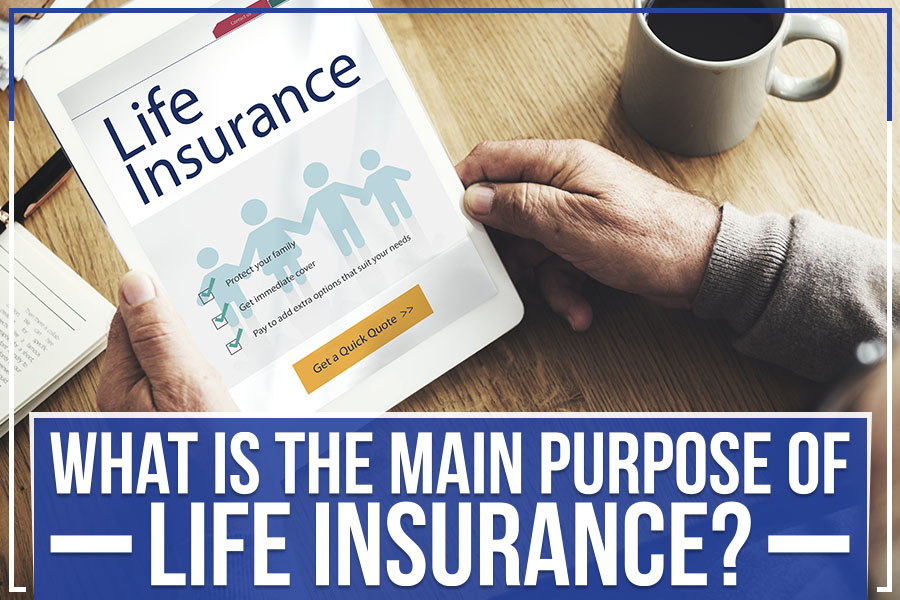The Facts About Pacific Prime Uncovered
The Facts About Pacific Prime Uncovered
Blog Article
The Main Principles Of Pacific Prime
Table of ContentsPacific Prime Can Be Fun For AnyoneThe 10-Second Trick For Pacific PrimeThe Facts About Pacific Prime UncoveredSee This Report about Pacific PrimeRumored Buzz on Pacific Prime

This is due to the fact that the data were accumulated for a period of strong economic efficiency. Of the approximated 42 million people who were without insurance, almost regarding 420,000 (concerning 1 percent) were under 65 years of age, the age at which most Americans come to be eligible for Medicare; 32 million were grownups between ages 18 and 65, about 19 percent of all adults in this age; and 10 million were youngsters under 18 years of age, regarding 13.9 percent of all youngsters (Mills, 2000).
These estimates of the number of individuals uninsured are created from the yearly March Supplement to the Current Population Study (CPS), conducted by the Census Bureau. Unless or else noted, nationwide quotes of individuals without medical insurance and percentages of the populace with various kinds of protection are based upon the CPS, the most commonly utilized resource of quotes of insurance policy coverage and uninsurance rates.
More About Pacific Prime

Still, the CPS is especially valuable due to the fact that it generates annual price quotes reasonably promptly, reporting the previous year's insurance policy protection approximates each September, and since it is the basis for a constant set of estimates for even more than two decades, permitting analysis of trends in protection over time. For these factors, along with the considerable use of the CPS in other researches of insurance policy protection that exist in this report, we rely on CPS price quotes, with restrictions noted.

The estimate of the variety of uninsured individuals expands when a populace's insurance standing is tracked for a number of years. Over a three-year duration starting early in 1993, 72 million individuals, 29 percent of the U.S. https://on.soundcloud.com/Boznd6XKBGjyrspT8. populace, were without insurance coverage for at the very least one month. Within a single year (1994 ), 53 million individuals experienced at least a month without insurance coverage (Bennefield, 1998a)
6 out of every ten without insurance adults are themselves employed. Functioning does enhance the likelihood that one and one's household members will have insurance, it is not a warranty. Even participants of family members with two permanent wage income earners have almost a one-in-ten opportunity of being without insurance (9.1 percent uninsured price) (Hoffman and Pohl, 2000).
Rumored Buzz on Pacific Prime
New immigrants represent a substantial proportion of individuals without medical insurance. One evaluation has connected a significant part of the current growth in the dimension of the united state without insurance populace to immigrants that showed up in the country between 1994 and 1998 (Camarota and Edwards, 2000). Current immigrants (those that involved the United learn the facts here now States within the previous 4 years) do have a high rate of being without insurance (46 percent), yet they and their children make up simply 6 percent of those without insurance nationally (Holahan et al., 2001).
The relationship between medical insurance and accessibility to care is well developed, as documented later in this phase. Although the partnership between medical insurance and health results is neither straight neither simple, a substantial professional and health services research literature links medical insurance protection to improved access to care, better quality, and improved individual and populace health and wellness standing.
Levels of analysis for analyzing the effects of uninsurance. This conversation of health and wellness insurance protection concentrates mainly on the U.S. populace under age 65 since virtually all Americans 65 and older have Medicare or other public coverage. In addition, it focuses specifically on those without any type of medical insurance for any size of time.
Pacific Prime Things To Know Before You Get This
The troubles faced by the underinsured are in some respects similar to those faced by the uninsured, although they are typically less serious. international health insurance. Uninsurance and underinsurance, however, involve noticeably different plan concerns, and the approaches for resolving them might vary. Throughout this research and the five reports to follow, the primary focus is on persons without medical insurance and thus no assistance in spending for wellness care beyond what is offered with charity and security net institutions
Medical insurance is an effective aspect impacting receipt of treatment because both people and doctors respond to the out-of-pocket rate of services - https://pacificpr1me.carrd.co/. Medical insurance, however, is neither essential neither enough to acquire accessibility to clinical solutions. Nevertheless, the independent and direct effect of medical insurance coverage on access to health and wellness services is well established.
Others will certainly acquire the health treatment they need also without medical insurance, by spending for it out of pocket or seeking it from companies that provide care free or at extremely subsidized rates. For still others, medical insurance alone does not make sure invoice of care due to the fact that of other nonfinancial obstacles, such as a lack of healthcare suppliers in their community, restricted accessibility to transport, illiteracy, or linguistic and social distinctions.
Pacific Prime for Dummies
Official research study concerning uninsured populations in the United States dates to the late 1920s and very early 1930s when the Board on the Price of Healthcare produced a series of reports concerning funding physician workplace check outs and hospital stays. This concern became salient as the numbers of medically indigent climbed throughout the Great Anxiety.
Report this page